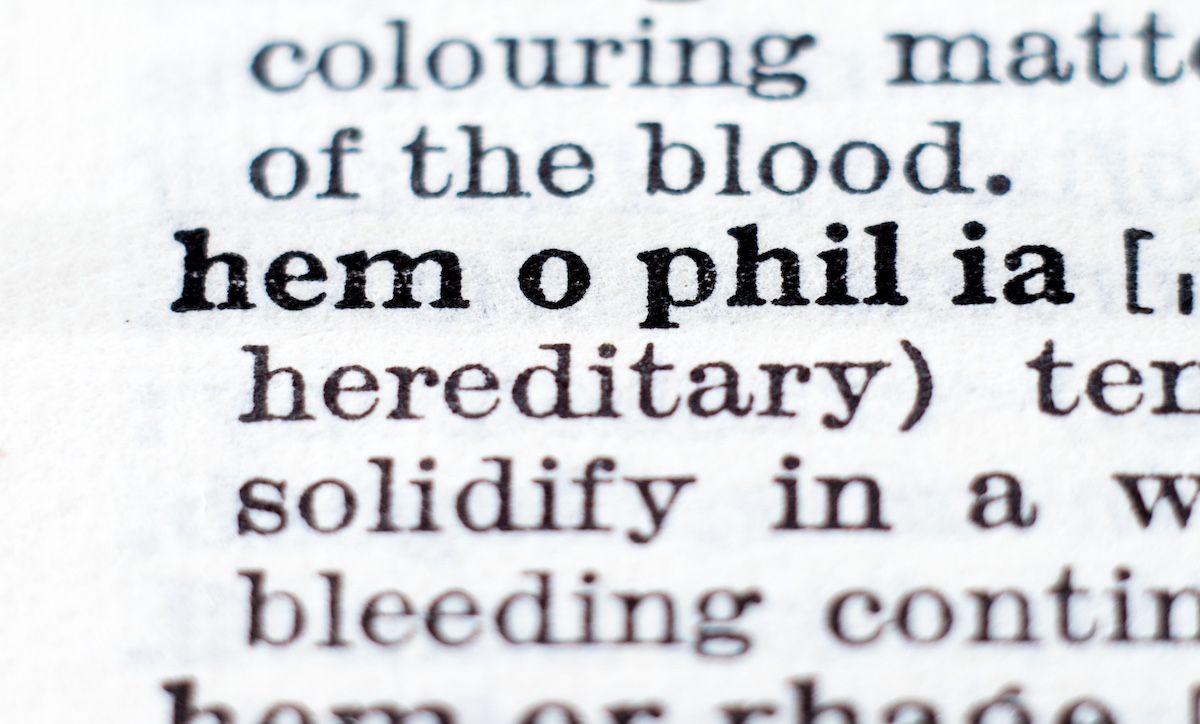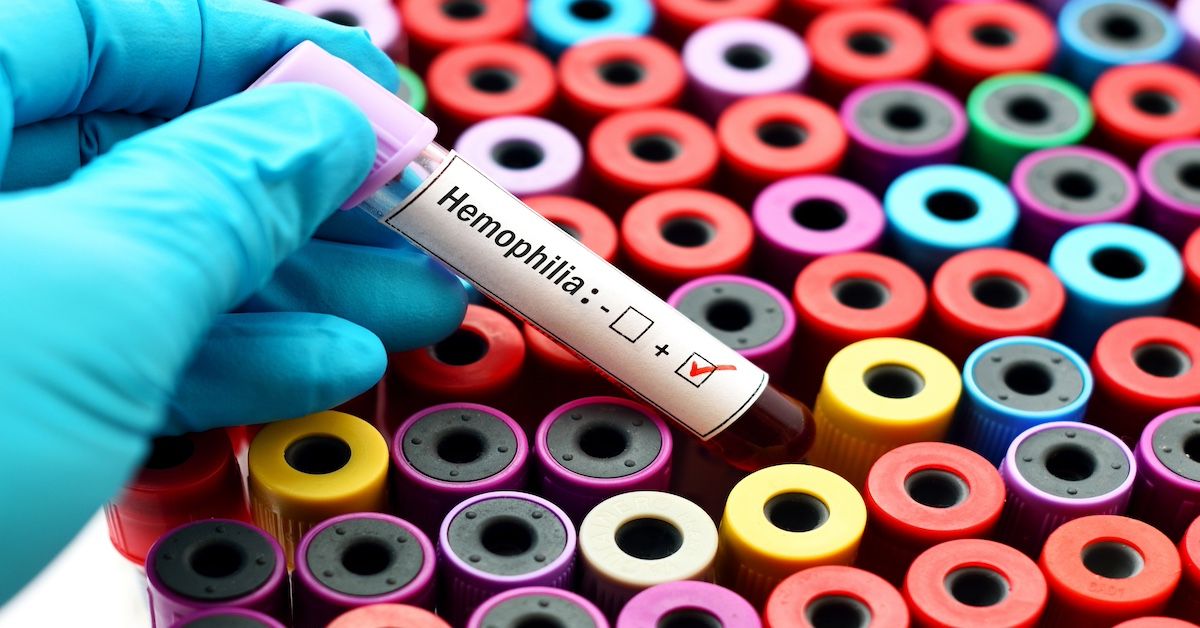Article
Gaps Remain Between European Regions for Hemophilia Care Despite Improvements
Author(s):
Hemophilia care principles have been on the rise in Europe over the course of the last decade, however, differing regions and policies on the continent reveal gaps in access to various treatments and specialty services.
Implementation for principles of care in hemophilia have increased over the past decade in across Europe; however, gaps in treatment access remain between regions, according to a study published in the Orphanet Journal of Rare Disease.
The study looked at results from surveys distributed by the European Haemophilia Consortium (EHC) to EHC national member organizations that addressed several areas of hemophilia care. Data sets from 2009, 2012, 2015, and 2018 were combined to view the impact of care principles.
Since the introduction of the Wildbad Kreuth initiative, the first set of recommendations issued by the European Directorate for the Quality of Medicine and Healthcare, in 2009, other recommendations were established in 2013 and 2016.
“Monitoring adherence to, and impact of, the European Principles of Care significantly assists in tracking developments and highlighting gaps,” wrote researchers.
In most cases, western Europe had the most improvements in principle implementation and access to care, followed by central Europe and eastern Europe. However, many European countries had difficulties providing accurate data.
“Countries’ inability to report consistent and coherent data remains a challenge and hinders both provision of treatment and care for patients as well as optimal national and European healthcare systems,” noted researchers.
Researchers wrote that differences in legal standing and clear guidances between regions likely contribute to inconsistent or incoherent data. Survey results revealed that access to different types of hemophilia care, including at home treatments and prophylaxis, were higher among western European nations compared with central and eastern European countries.
Home treatment and prophylaxis are available to all patients in western countries, but while more than half of central countries report high access rates, many across eastern Europe still lacked full access.
Overall, reports of having specialist services, emergency care and acute surgery access increased from 37% of European countries in 2009 to 79% in 2018. Similar increases were seen for orthopedics, pediatrics, infectious disease specialists, hepatology, obstetrics and gynecology, dental services and general surgery. However, significant gaps persisted in services including physiotherapy, genetic counseling, and social and psychological support.
The survey results also revealed that 12 western, 5 central, and 1 eastern European countries had a hemophilia treatment classification structure. Researchers mentioned that western European countries historically have greater access to comprehensive care centers compared to countries in central and eastern Europe.
In 2018, 7 western (50%), 9 central (50%) and 1 eastern (13%) European countries reported having a central hemophilia organization, such as a National Hemophilia Council (NHC). Data results varied over time with some NHCs having periods of absence or inactivity and little consistent growth since 2009. Researchers said this was likely due to changing legal status and statutory structures for governance of the committee.
Additionally, collaboration between patient representatives, clinicians and payers in hemophilia care decision-making increased in all European regions between 2009 and 2018, with western, central and eastern countries growing in reported involvement of all 3 decision-making groups from 13%, 16%, and 32%, respectively, to 50%, 37% and 69%, respectively.
Researchers called on national and European institutions, including newly established European Reference Networks, to promote better implementation of principles and additional analysis in order to better understand national trends, challenges, and gaps to access.
“Ensuring coherent, consistent data collection and national adherence to European principles and recommendations should be the next decade’s goal for all European countries,” wrote the researchers.
Reference
Noone D, O’Mahony B, Peyvandi F, Makris M, Bok A. Evolution of haemolphilia care in Europe: 10 years of the principles of care. Orphanet. J. Rare Dis. 2020;15(184):1-9. doi:10.1186/s13023-020-01456-y




